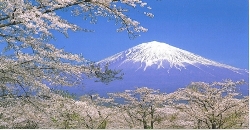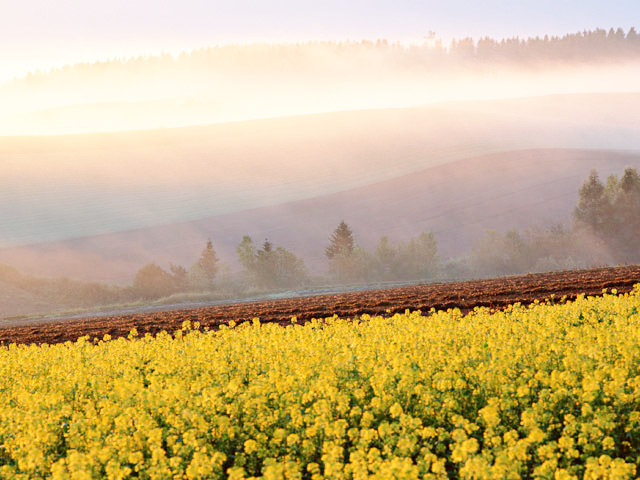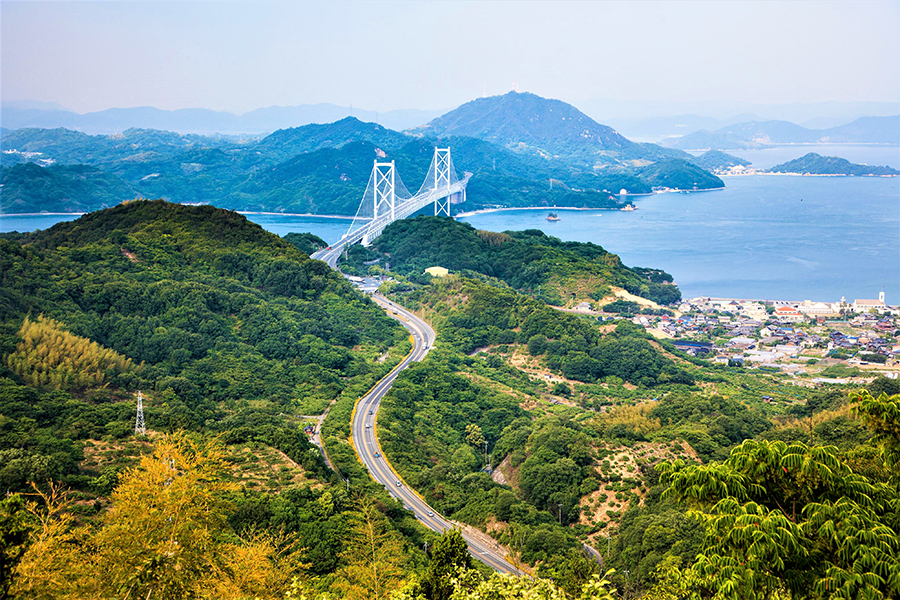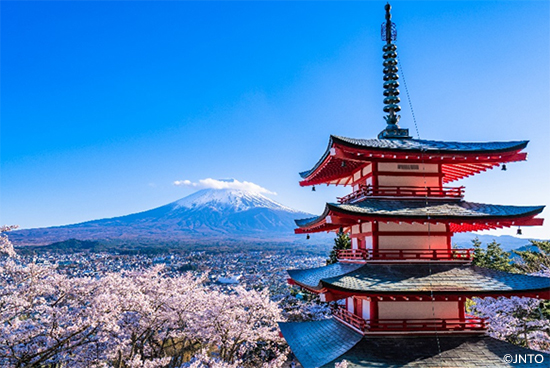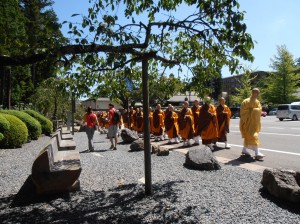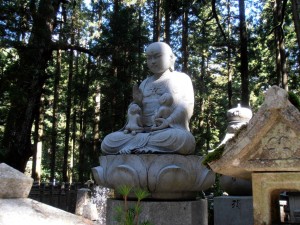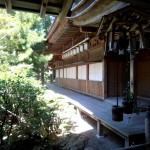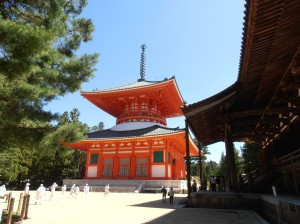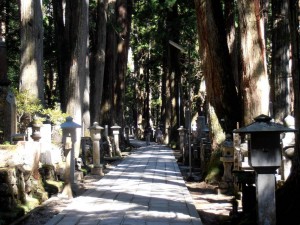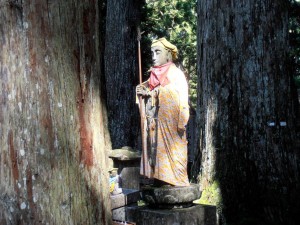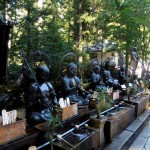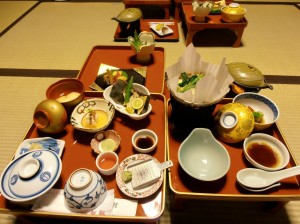We sent many clients to KOYASAN (Mt. Koya), but I have never been there myself. Recently, a music CD my friend gave me was called KOYASAN by Deuter; a nice painting at my cousin’s living room is also titled KOYASAN..so, I thought ~maybe it is time to go! So, finally I went there this September.
Would I like to go back ? Yes, yes, yes. Here is what I think and I hope this information makes you feel like going too. Do you remember when you go to Point Reyes; on the way, you go through a small grove of redwood trees? There are Giant Cedar trees on both sides of the high way, clean air and a nice sweet breeze. The Okunoin at Koyasan is just like that with old stone statues, over 1000 years old nestled deep inside a magic forest.
Koyasan is a major power spot in the temple town of Wakayama prefecture. You can choose to stay among 80 temples that offer lodging. There are no super markets, neon lights, nor entertainment centers like in Tokyo.
But there are places to rest your spirit in Koyasan. Wake up early in the morning and join the temple’s morning sutra- sitting in the HONDO (temple’s main meditation area) and feel the vibration of the rhythmic priest’s chant. It has a rhythm and certain tone that you will be able to resonate with even if you don’t understand Japanese. You remember fond memories and your mind becomes quiet, you are soon filled with appreciation…. You also probably notice your legs have been asleep for a long time. (There are some chairs to use as well) Your vegetarian breakfast was prepared with local vegetables and soy products. Koya dofu~freeze dried tofu and Goma Dofu (Tofu made of Sesame seeds and Kuzu-roots a kind of potato) is famous from this area and is a staple temple food throughout Japan. After breakfast, you start your walk or take a local bus to Daimon( The big gate). At the end of town, there is the huge red gate. This is the starting point of Koyasan. Off to the side, a path circles the tow- NYONIN DO (Women’s road). Historically, Koyasan prohibited women from entering the village, but women could walk around perimeter of the temple town through NYONINDO pass and they often did, just to feel the energy emitting from the valley bellow. The Nyonindo was damaged by the typhoon and is hard to walk on now so we had to save this adventure for our next visit. If you walk through the Daimon (Big Gate ) you soon arrive at Danjogaran.
The glowing red structure you see is a clear contrast with the natural wooden structure of Mieido Hall that shares the courtyard. After walking through Kongobuji Temple I want to spend more time at OKUNOIN. If you spend half of the day at Danjogaran and Kongobuji area you may want to have lunch before you head for Okunoin.
Okunoin is a 2Km long, a stone pavement pass with thousands of graves. You will find the legendry famous shogun’s and swordsman’s grave such as ODA Nobunaga, TOYOTOMI Hideyoshi, DATE Masamune, AKECHI Mitsuhide, UESUGI Kenshin, TAKEDA Shingen, ISHIDA Mitsunari and many more. Oh, Sugen-in (OGO) and Sen Hime’s tomb, the largest of them all is also there. The naturally preserved gravesites are surrounded with green moss and fern leaves, it was really beautiful. You hear birds singing among the pass and the soft sunshine mixed with a fresh clear breeze helps your mind is getting quieter and quieter. Turning back the way you came you can hear bells ringing just like in the music KOYASAN by Deutur.
The book said that there are over thousand souls sleeping in Okunoin, well I think those sprits have already reached their universal destination. There is a serene sense of peace among the quiet samurai.
If I can describe the color of the feeling, it is clear ~totally clear. You can spend two to three hours easily wondering through the woods or even a whole day. We took some side paths deeper into the wooded area and discovered more graves tucked away in cozy glens. You are just drawn to these cleared out spaces, they bathe you in sunlight and warm your soul in a special way. Walk back slowly to your temple lodging. Enjoy an early bath and dinner, again a wonderful vegetarian feast. The local sake was also a delight!
We tried drinking the sake cold one night and hot the next night. There are some wild mushroom slices prepared like sashimi, tofu skin sushi, cooked turnips and egg plants ~ those heartfelt meals were absolutely delicious. At night, you can take a class of SHAKYO where you sit and trace the Chinese characters of the written chants on rice paper with a brush pen. The monk explained what this chant means and shows you what to do. In the quiet room all you hear is your brush strokes on the thin rice paper. What a peaceful moment! You go to bed maybe by 10pm and wake up early again the next morning for the 6:00am sitting. During the night you hear nothing, just the moon shining bright on Koyasan. How to get there: From Tokyo, it will take about 5~6 hours including transfer and connecting time. Tokyo ~ Shin Osaka by Bullet train (2hours 50min.) Shin Osaka ~ Namba by subway (15min.) Namba ~ Gokurakubashi by Nankai Rail road (2 hours) Gokurakubashi ~ Koyasan by Cable car (5 min.) Koyasan Station ~ temple by bus (5~10min.)
Useful information:
https://www.japan.travel/en/destinations/kansai/wakayama/koyasan/
Hitomi Takahashi / Class One Travel,inc.















































